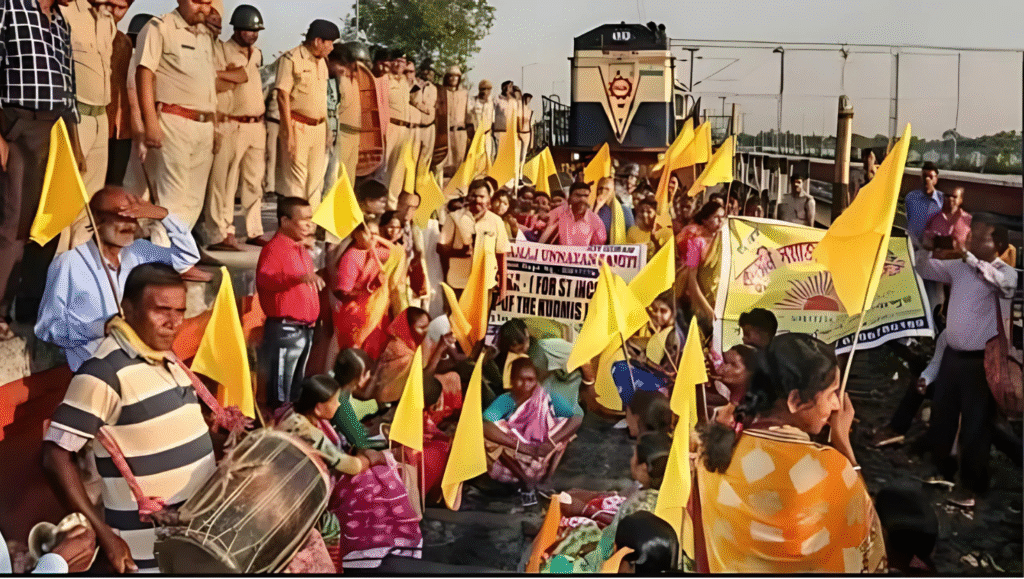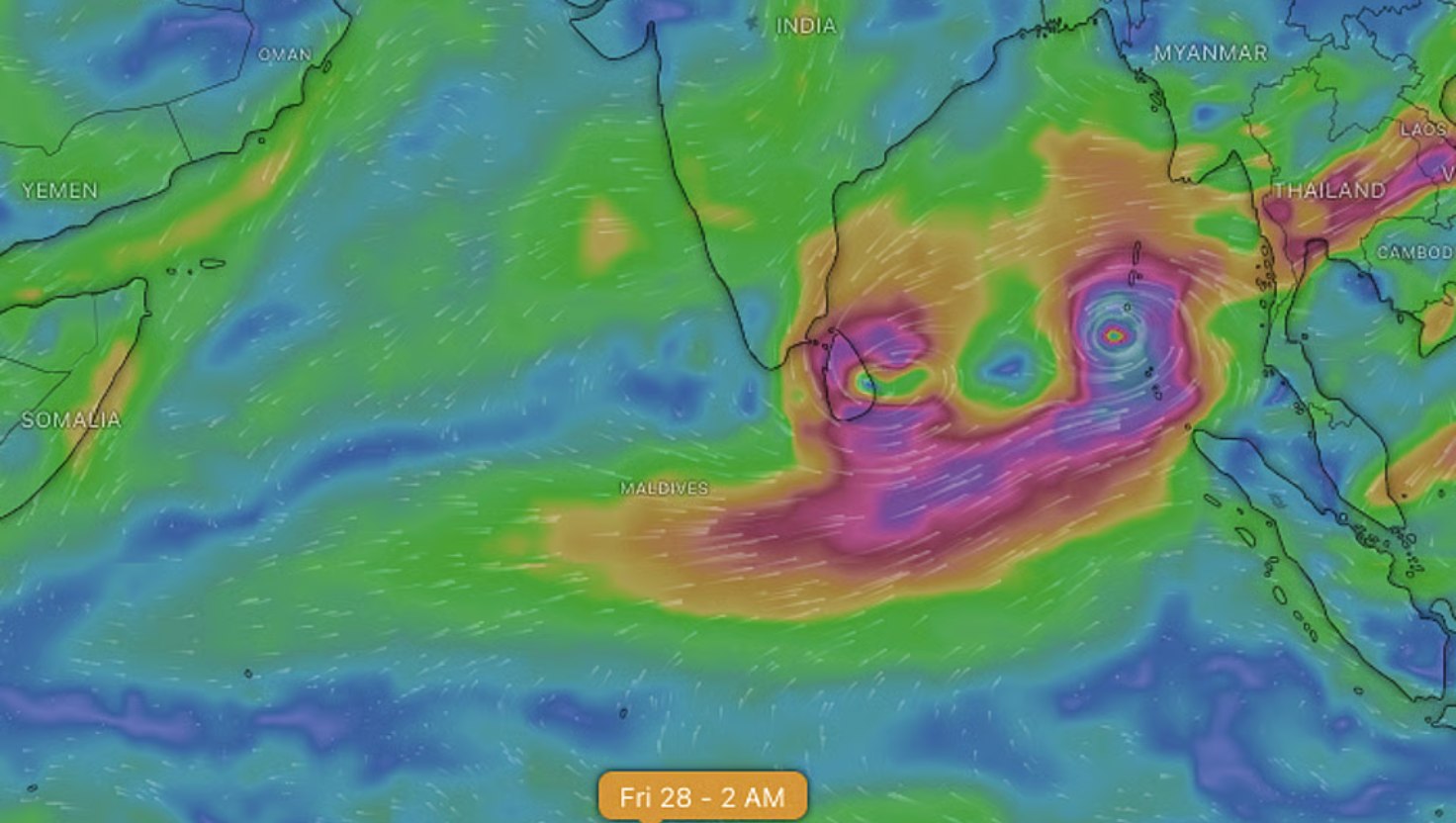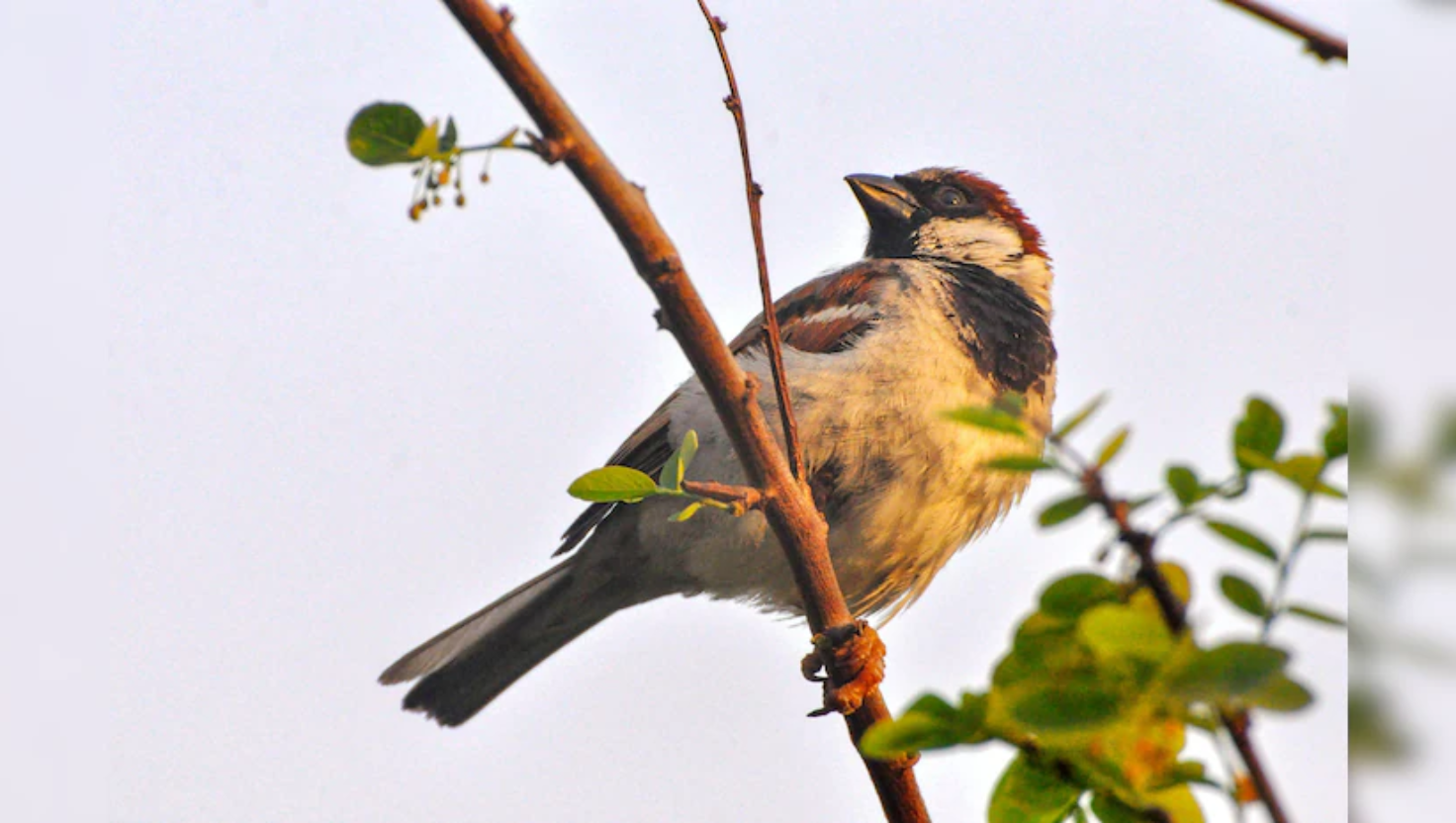Kurmis Community
Syllabus: Society / Social Justice & Communities (UPSC Prelims)
Source: IE
Context:
Kurmis in West Bengal, Jharkhand, and Odisha have revived demands for Scheduled Tribe (ST) status and the inclusion of the Kurmali language in the Eighth Schedule of the Constitution.
About Kurmis
Who They Are:
- Kurmi / Kudmi Community: Historically agrarian and peasant-based, currently classified as OBC in most states.
- Demand: Recognition as a Scheduled Tribe and codification of their Sarna (nature-worshipping) religion.
Region Found In
- West Bengal: Jhargram, Bankura, Paschim Medinipur, Purulia (Junglemahal).
- Jharkhand: Palamu, Kolhan, North & South Chotanagpur.
- Odisha: Mayurbhanj and adjoining areas.
- Bihar: Purnia, Katihar, Araria (linked to OBC Kurmis).
Historical Background
- 1931 Census: Listed as “Scheduled Tribes.”
- Post-Independence: Excluded from ST list in 1950 without formal notification.
- Freedom Struggle: Participated in Chuar Rebellion, Indigo Rebellion, Santhal Uprising, and Quit India Movement (leaders: Raghunath Mahato, Gopal Mahato).
- British Recognition: Gazette notifications (1913 & 1931) identified them as a “Notified Tribe” with distinct customary inheritance practices.
Key Features
- Agrarian Community: Skilled in farming, market gardening, and land clearance.
- Totemic & Nature-Worshipping: Follow Sarna religion, worship nature, hills, and trees.
- Distinct Identity: Reject identification with North Indian Kshatriya Kurmis, asserting Dravidian/tribal roots.
- Present Status: Classified as OBC under Chotanagpur Tenancy Act (CNT) 1908, seeking ST re-inclusion and language recognition.











